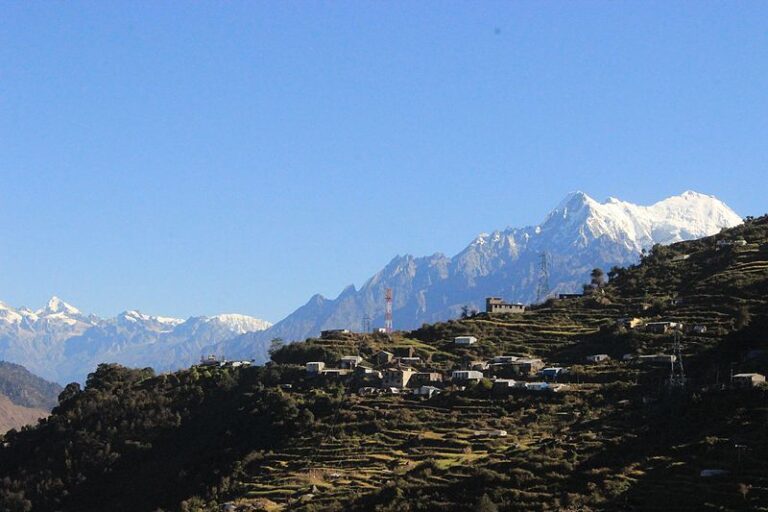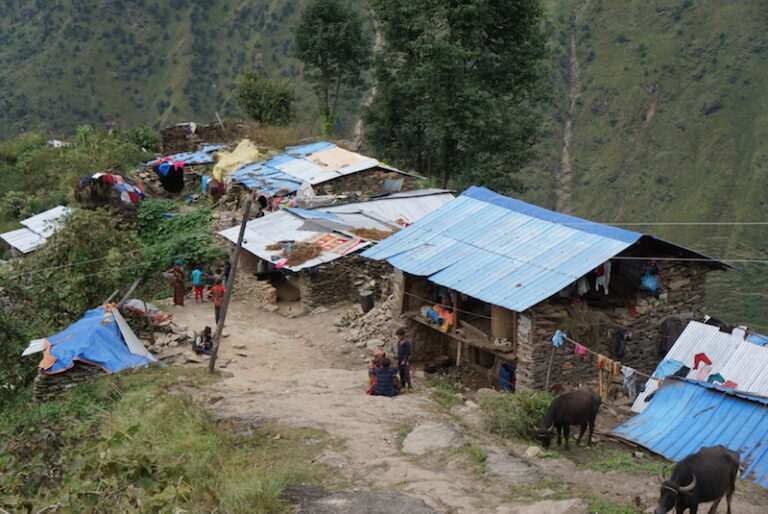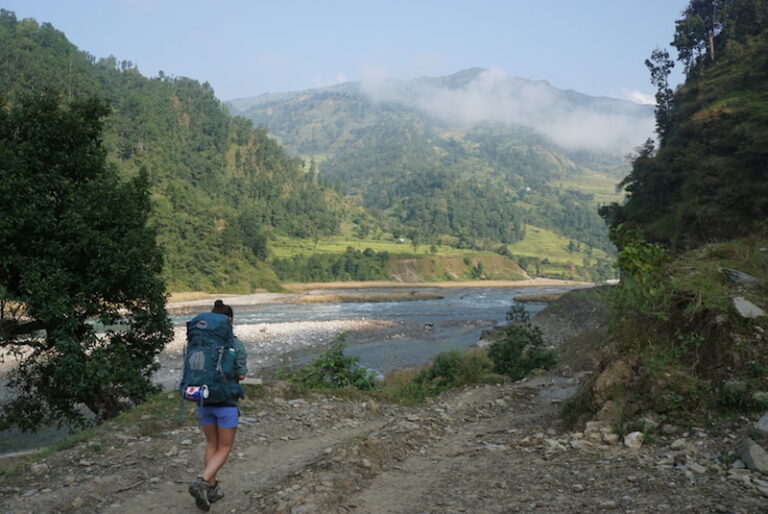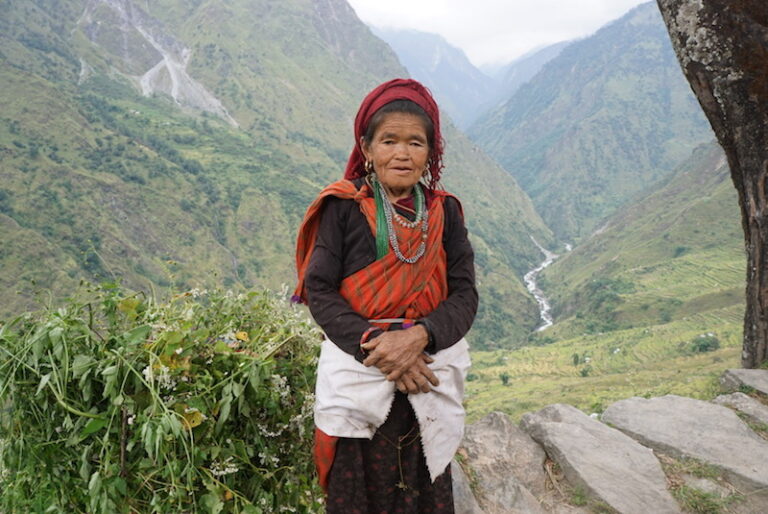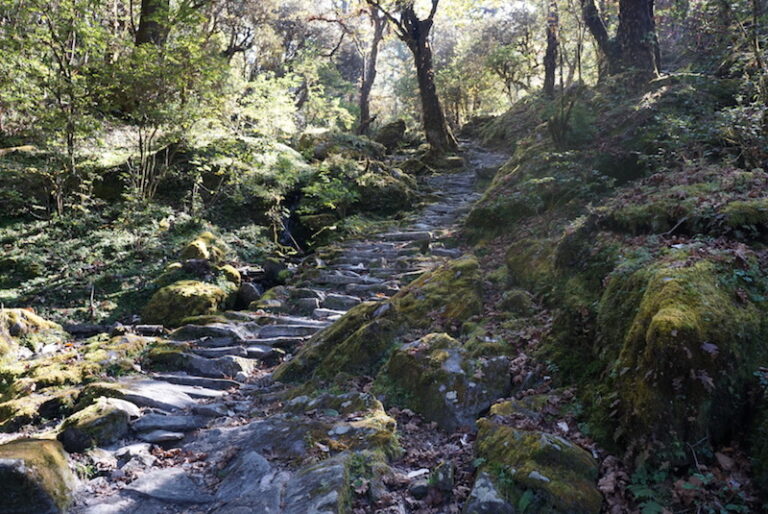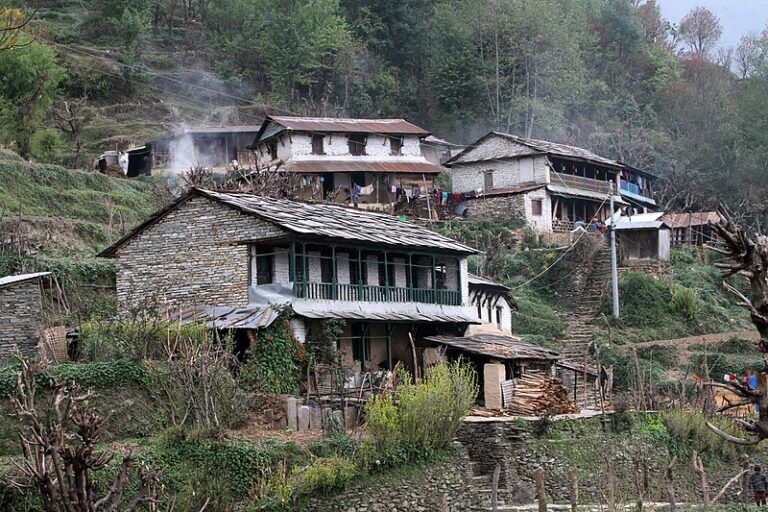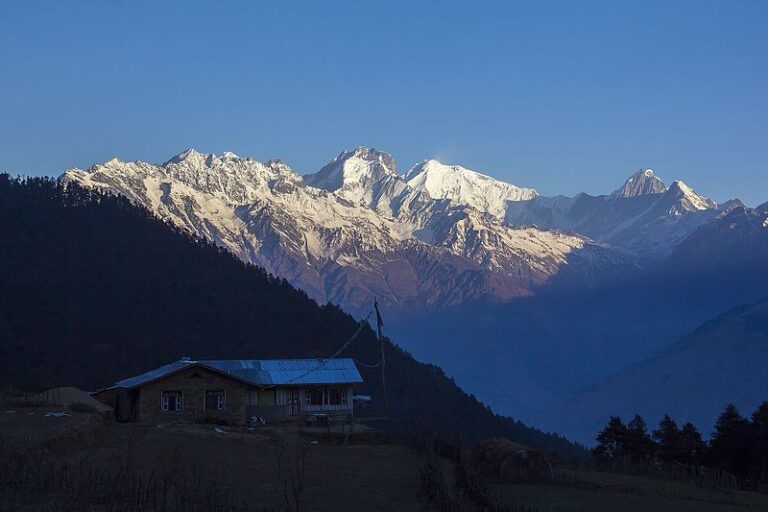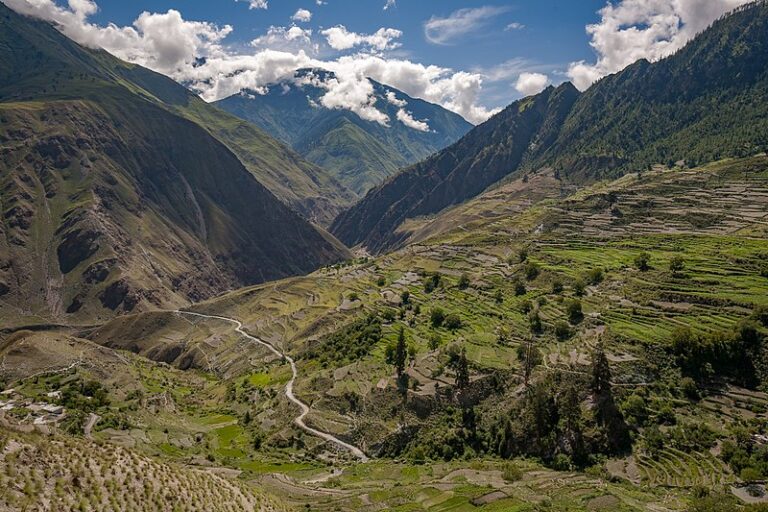Ruby valley trek is one of the fascinating trekking trails which is located between Langtang national park and Manaslu conservation area in the Rashuwa and Dhading district of Nepal. Ruby valley trek would be the best destination for those trekkers who are seeking less traffics zone of tourists and want to see Nepalese rural life, ethnic group’s daily life, cultures, traditions, costumes, festivals, rituals, and gorgeous mountain views.
Ruby valley trek starts from Syabru Benshi which is 174 kilometers far from Kathmandu city. After Syabru Benshi the trail passes through dozens of villages, pastureland, cultivated terraced field, meadows, hidden valleys, and several viewpoints which command to see the beautiful sunrise, sunset, and magnificent views of the high Himalayas known as Baudha Himal, Langtang Lirung, series of Ganesha Himal, and including one of the top ten mountains of the world known as Manaslu which is 8163 meters high above the sea level.
Facilities of Ruby valley trek – Ruby Valley trek is not facilitated like other major trekking trails of Nepal such as Everest Base and Annapurna trekking route, basic lodges and homestay facilities are available. Homestay trek is comparatively least cost so that it is affordable most of your wilderness lovers in budget style. If you are looking for comfortable trekking with good accommodation and verities of food facilities, then we will arrange the trip as a camping trek on your request.
Peoples and religion – The region is inhabitant by the mixed community of peoples known as Brahman, Chhetri, Magar, Gurung, Kumal, Tamang, Biswakarma, and Damai depending on the elevation. The Brahman, Chhetri, Biswakarma, Kumal, and Damai peoples are found in the lower region, and all of them following Hinduism. The Gurung, Magar, and Tamang peoples are living in a higher region and practicing Buddhism. Most of the peoples from these regions are depending on agriculture and animal husbandry, they grow rice, Maize, Wheat, Buckwheat, Millet and seasonable vegetables like Potato, Pumpkin, Cabbage, Garlic, Spinach, Mustard, Radish, and Chayote depending on the elevation.
Flora and fauna – The region is covered by the lush forest of mixed trees, depending on an elevation. Sub-tropical vegetation characterized by Sal forest in the lower section of the park is gradually taken over by hill forest (2000-2600m) consisting of Chirpine, Rhododendron, and Nepalese alder. The temperate zone (2600-3000m) is covered mainly by oak forest fading to the old-growth forest of silver fir, hemlock, and larch in the lower sub-alpine zone (3000-3600m). The Nepalese larch, the only deciduous conifer in the region, is found in this region and few places elsewhere. The region is also well known for its populations of the red panda, Himalayan black bear, snow leopard, wild dog, ghoral, serow, and more than 250 species of birds.
